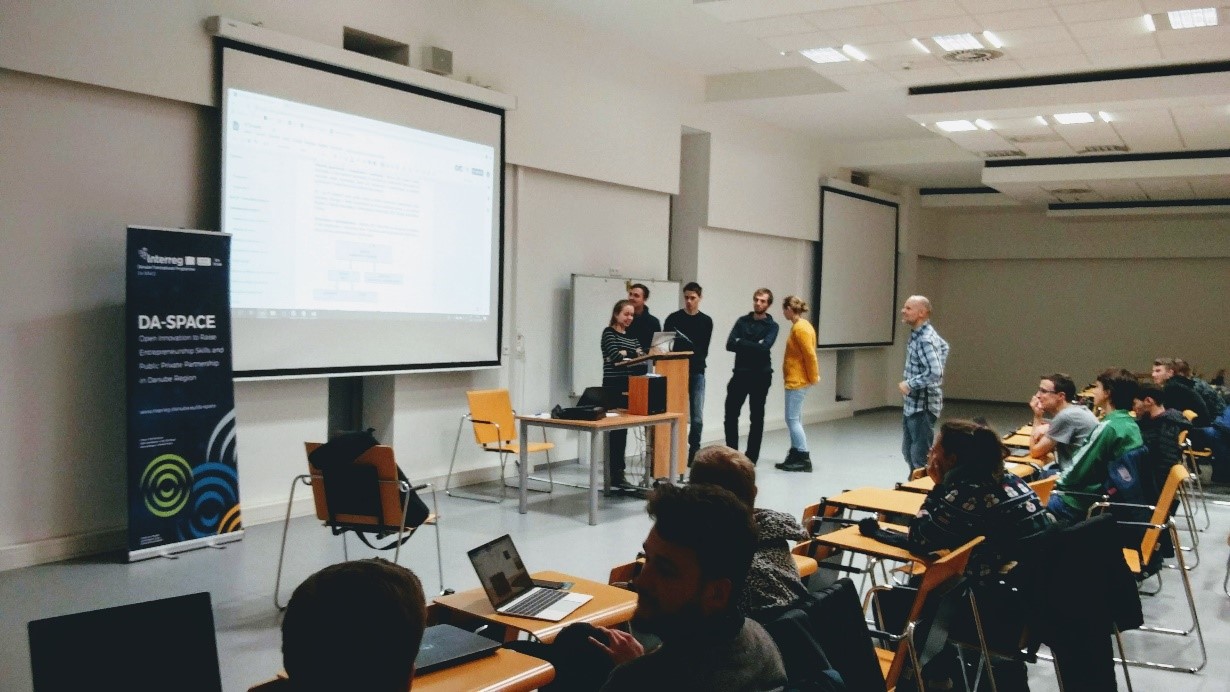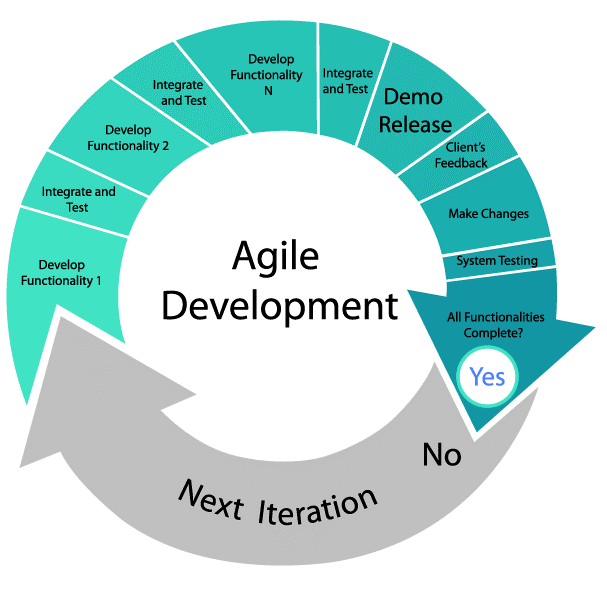DA-SPACE - The DA-SPACE staff exchange between Slovak University of Technology and Czech University of Technology continues
31-12-2018
Staff exchange is an important part of the DA-SPACE project for both the lecturers and listeners from the paticipating institutions. The lecturer is often bringing a new topic and is faced with a foreign audience speaking different language and used to different methods of presentation. The listeners have the same experience: Therefore it is helpful for the lecturer to break the ice in the beginning of the lecture and stick to the as informal way of presentation as possible. Thanks to the common history of the Czecho-Slovak state, proximity of Slovak and Czech languages and similar type of university this was not so difficult to achieve with the audience in Prague. Based on the preliminary agreement about the knowledge needs of the Slovak and Czech solvers of DA-SPACE challenges the STU and CTU agreed on the new topic taught at the Faculty of Informatics and IT (FIIT) STU in Bratislava – the methodology of Disciplined Entrepreneurship. This topic is a part of the new course implemented in the FIIT curricula in consequence of the DA-SPACE project – Innovation-driven Entrepreneurship in the ICT sector in the academic year 2018/2019. The course focuses on learning the knowledge and skills of innovation-driven entrepreneurship, in particular on elaboration of business plan of a start-up following the steps of Disciplined Entrepreneurship. This franework is a sequence of twenty four steps with several iteration cycles: It develops further several concepts from the Lean Startup and Customer Development frameworks and provides proven guidance to founders of innovation-driven start-ups how to verify that their business idea is viable, profitable and scalable, can achieve maximum product and market fit and thus increase their chances of survival and success.
The lecture took place on 19 November 2018 and Dr. Marian Zajko from the STU presented to the members of the CTU solver teams at the CTU Faculty of Informatics his interactive lecture. He explained the purpose and the steps of this inspiring methodology of building an innovation-driven start-ups developed in the MIT Center of Entrepreneurship (Fig.1).

He pointed out the following strenths of this framework:
- Use of quantitative verification methods in several steps,
- Definition of solution core to be considered in the design of business model of start-up,
- Formulation and testing of main operational assumptions of new business,
- Definition of the Minimum Viable Business Product and verification of customer interest for it.

In the conclusion he also summarized experience gained in teaching this framework to the students who build their start-ups though mostly fictitious ones (Fig. 2) and answered the questions of the training participants. The framework can be adopted best for real-life start-up projects where the communication with target customers brings invaluable feedback to the start-up founders and helps hone their communication, evaluation and development skills.

It is also fully compatible with the Agile Software Development framework and SCRUM methodology of project management used by the teams solving the challenges within the DA-SPACE project at the STU.
Marian Zajko 21 December 2018
